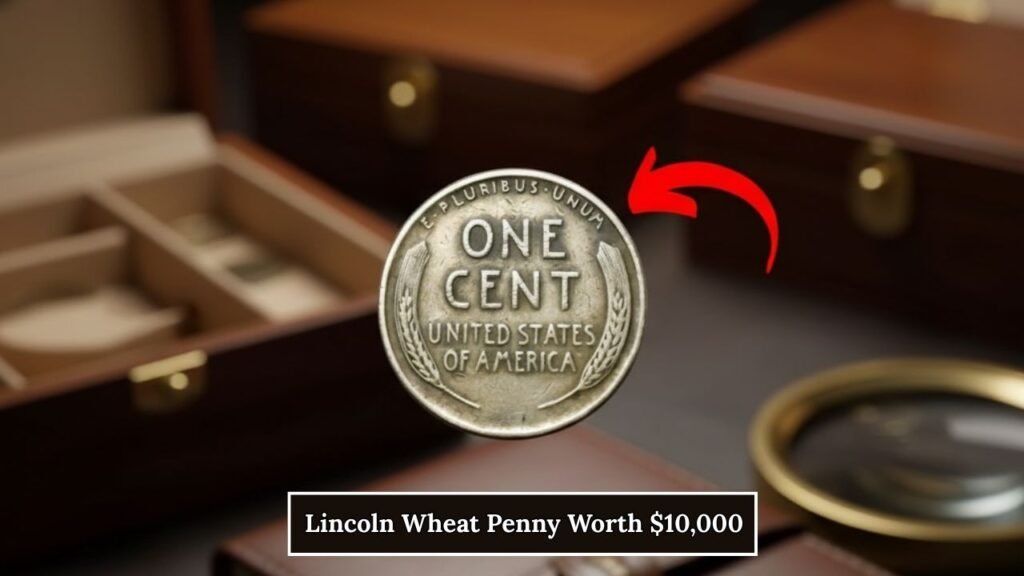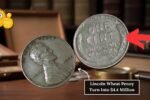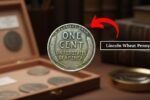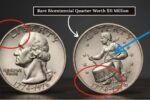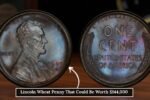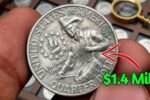You might be sitting on a small fortune without even realizing it. The Lincoln Wheat Penny, produced between 1909 and 1958, is one of the most collectible U.S. coins. While most are worth just a few cents, some rare versions can fetch over $10,000 today. Here’s a guide to what makes these pennies valuable, how to identify them, and the specific years collectors prize.
The Story Behind the Lincoln Wheat Penny
Introduced in 1909 to honor Abraham Lincoln’s 100th birthday, the Lincoln Wheat Penny—also called the Wheat Cent—was designed by Victor David Brenner. The obverse features Lincoln’s portrait, while the reverse shows two wheat stalks symbolizing prosperity. This design remained until 1958, after which the Lincoln Memorial penny debuted in 1959.
Billions of Wheat Pennies were minted, but a few rare coins—due to low mintage or minting errors—are highly sought after by collectors.
Why Some Wheat Pennies Are So Valuable
Several factors influence the value of a Wheat Penny:
- Low Mintage: Fewer coins produced means higher rarity.
- Minting Errors: Missing mint marks, double dies, or misprints can skyrocket value.
- Condition: Coins in pristine, uncirculated condition are much more valuable.
Rare Lincoln Wheat Pennies Worth $10,000 or More
Here’s a table of the most valuable Wheat Pennies to watch for:
| Year & Mint | Key Features | Approximate Value |
|---|---|---|
| 1909-S VDB | San Francisco mint, designer initials “VDB” on reverse, only 484,000 minted | $1,000 – $10,000+ |
| 1914-D | Denver mint, only 1.2 million produced, rare in high grade | $5,000 – $15,000 |
| 1922 No D | Denver mint error, missing “D” mint mark | $10,000+ |
| 1931-S | San Francisco mint, extremely low mintage of 866,000 | $100 – $8,000 |
| 1955 Double Die | Famous doubled lettering on “LIBERTY” and date, easily recognizable | $5,000 – $20,000 |
How to Identify a Valuable Wheat Penny
- Check the Date and Mint Mark – Look below the year for letters like “S” (San Francisco) or “D” (Denver). Lower mintages can indicate higher value.
- Spot Minting Errors – Doubling, missing letters, or faint mint marks are signs of rarity.
- Assess Condition – Coins in uncirculated, flawless condition are most desirable.
- Avoid Cleaning Your Coin – Cleaning can damage its value; collectors prefer natural surfaces.
- Seek Professional Appraisal – If a coin looks unusual, have it authenticated by experts at PCGS or NGC.
Hidden Treasures in Your Change
While most Lincoln Wheat Pennies are worth only a few cents, some could be hidden treasures waiting to be discovered. Before spending old pennies, take a closer look—you may be holding a $10,000 collector’s dream.
FAQs
How can I tell if my Wheat Penny is rare?
Check the date, mint mark, and any unusual errors. Coins in excellent condition with low mintage are often valuable.
Are all 1909 pennies valuable?
No. Only specific versions like the 1909-S VDB are highly sought after.
Does cleaning a coin increase its value?
No, cleaning usually decreases a coin’s value. Collectors prefer original, unaltered surfaces.
Can a 1955 penny really be worth $20,000?
Yes, the 1955 Double Die penny in top condition can reach that value.
Where can I get a Wheat Penny appraised?
Professional grading services like PCGS or NGC can authenticate and appraise your coin.
